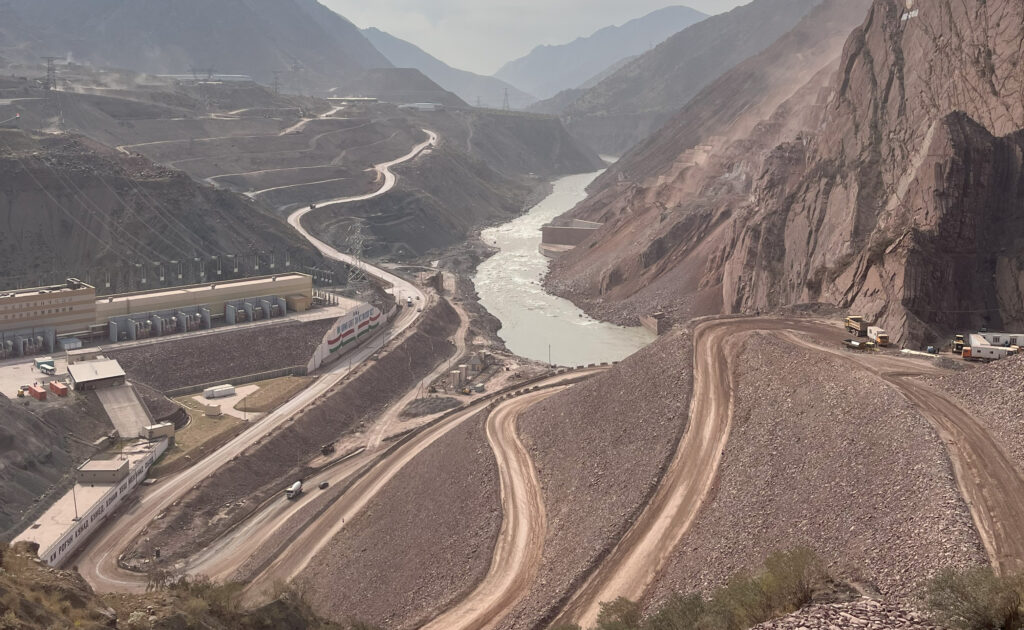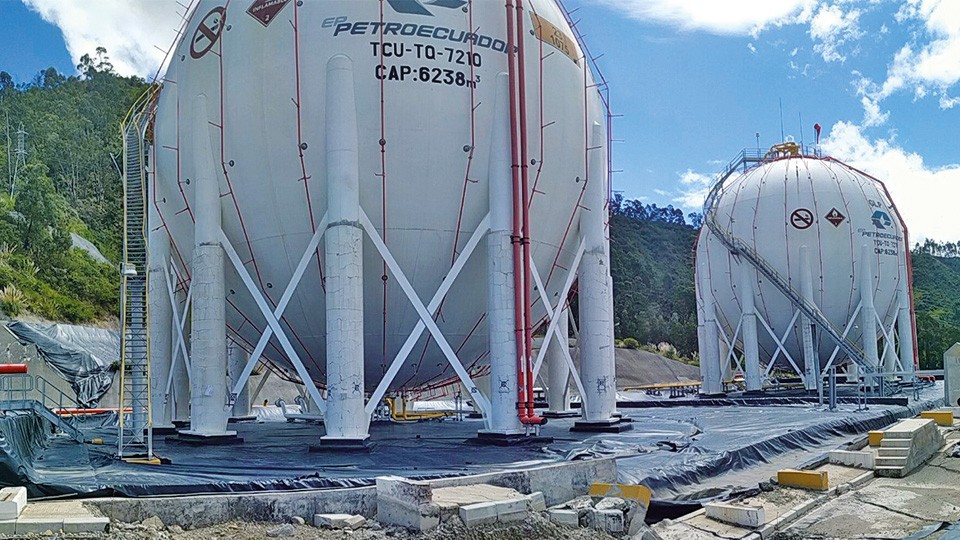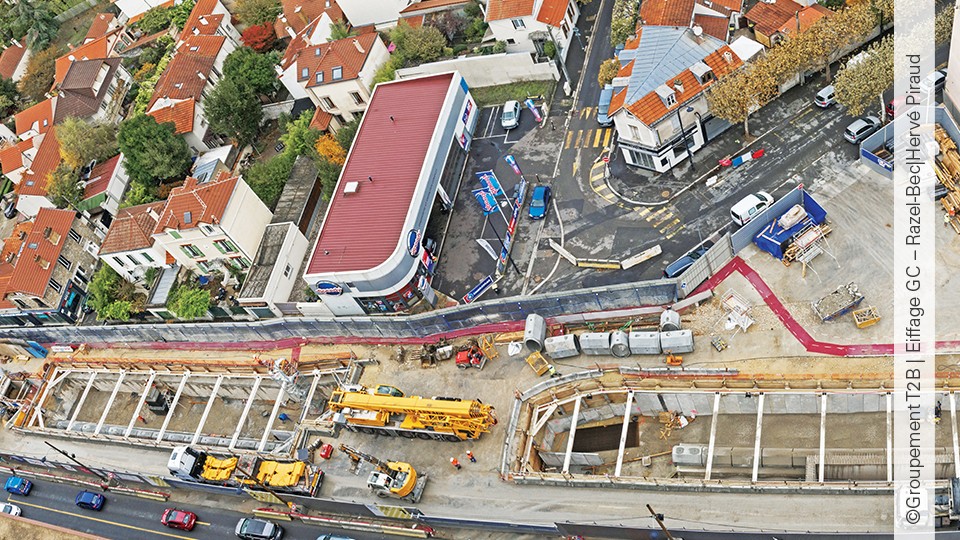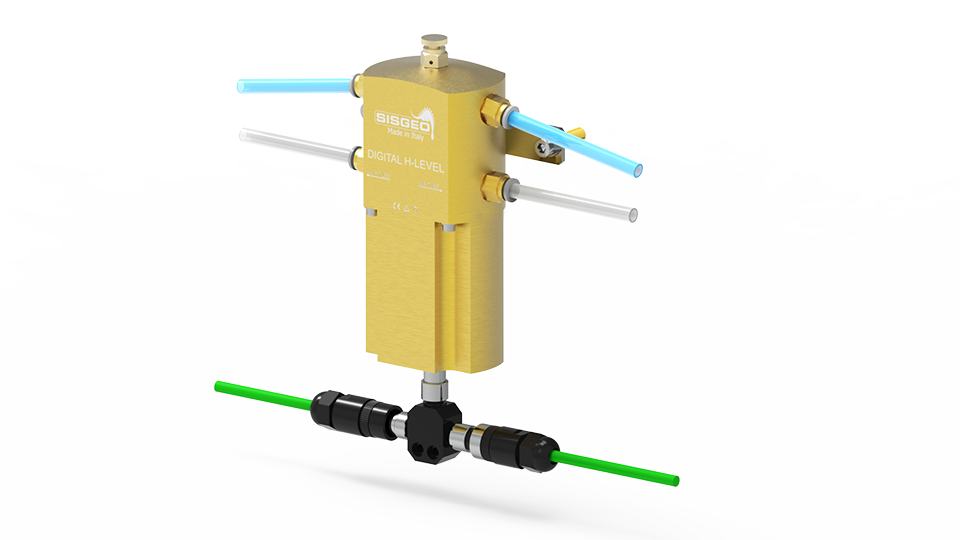Rogun Dam Hydropower Project

The Rogun Dam project in Tajikistan is an ambitious hydropower endeavor aimed at harnessing the Vakhsh River to generate renewable energy for the region. Originally launched in 1976 during the Soviet era, the project faced numerous delays due to financial and political challenges, especially after the dissolution of the Soviet Union. Construction was officially revived […]
Fuel terminal monitoring

Supply of instrumentation for the monitoring of fuel terminal tanks in the city of Cuenca, Ecuador. The scope includes the monitoring of the settlements of structures through H-Level settlement cells and tiltmeters. The settlements and horizontal movements of the ground will be evaluated through IPI inclinometer probes and DEX S probes.
Grand Paris Express

Le Grand Paris Express est le plus grand projet urbain en Europe avec la construction de 200 km de lignes automatiques, soit autant que le métro actuel, et 68 gares. Les quatre nouvelles lignes du Grand Paris Express (15, 16, 17 et 18), ainsi que la ligne 14 prolongée au nord et au sud, seront […]
H-Level – Tassomètres hydrauliques

Codes de référence: H-LEV Le H-Level est le système automatique pour la surveillance à long terme précise des tassements différentiels dans les bâtiments, les tunnels et autres structures de génie civil. Il consiste en une série de capteurs H-Level connectés hydrauliquement à un réservoir de référence positionné dans une zone stable. Chaque capteur H-Level contient […]
Milan Metro Line 4 – Lorenteggio–Linate – Monitoring of the underpass of railway trails RFI between stations “Forlanini Q.RE” and “Forlanini FS” – Italy

The main aims of the M4 realization are: to realize a new diametrical line from East to West, in order to connect through the historical center some highly populated urban areas that are not well served by the network of public transport; to interconnect with the whole railway system, urban and regional; to realize a […]
FAQ#116 – How do I configure a WR-Log digital node to read RS485 Sisgeo TIMED sensors?
Sisgeo digital instruments can operate in two powering modes: TIMED or ALWAYS-ON (for more information see F.A.Q.#094).A string of mixed instruments consisting of TIMED gauges and ALWAYS-ON gauges cannot work.The first thing to do is therefore to check that ALL connected instruments in your array are set to TIMED mode.You can check the powering mode […]
FAQ#111 – Why I cannot read correctly my 4-20mA current loop gauge?
It could be a problem connected to the power supply given by the readout or logger. When the power supply is in the current loop (2-wire gauge) it is necessary to consider the effect of voltage drop across the shunt resistor on the voltage applied to the gauge. For example, suppose a 4-20mA gauge requires […]
FAQ#095 – How long does a chain of digital sensors take to be read?
It mainly depends from the powering mode of the gauges (refer to FAQ#094 for the description of the powering modes). AN EXAMPLE WILL BETTER CLARIFY THE ANSWER. In a batch of 240 gauges, unless otherwise requested by the Customer, the addresses are settled from #001 up to #240. In a borehole is installed a chain of 30 […]
FAQ#076 – Pourquoi est-il nécessaire d’ajouter une résistance de terminaison au dernier capteur numérique de chaque chaîne RS-485?
Tous les instruments numériques SISGEO (IPI, clinomètres, H-Level…) utilisent le protocole de communication série RS-485. Le protocole RS485 requiert l’ajout d’une résistance de terminaison. La connexion recommandée pour une chaîne utilise des nœuds « point à point » (multidropped) en mode bus (line). Les connexions réseau en étoile, circulaires ou ramifiées ne sont pas recommandées. […]
FAQ#075 – What parameters are saved in SISGEO digital sensors? What information must the Customer provide when ordering?
All SISGEO digital sensors (e.g. IPI, BH Profile, MD Profile, LT Inclibus, Tilt-meter, RDS, H-Level, etc.) use the Modbus communication protocol over RS-485 serial. SISGEO digital sensors are connected to each other with a single signal cable. The parameters that are configured at the factory for each digital sensor are as follows: Upon confirmation of […]
FAQ#074 – Quel type d’enregistreur de données est nécessaire pour lire les mesures des capteurs numériques SISGEO?
Les relevés des capteurs sont lus en connectant le câble à une unité maîtresse Modbus (à savoir, OMNIAlog ou miniOMNIAlog) avec une interface RS-485 (DCE, Half duplex, no Echo) en mesure de gérer la communication avec le protocole de communication Modbus RTU SISGEO. La documentation relative au protocole de communication de SISGEO est disponible sur […]
FAQ#073 – Quel est le nombre maximal de capteurs numériques (RS-485, Modbus), le nombre maximal de chaînes et la longueur maximale du câble dans un réseau RS-485?
Last update: October 2021 All the SISGEO digitized sensors utilize a RS485 interface with Modbus protocol. 1.The maximum number of digitized sensors in a RS-485 network are 247 (theoretical) 2.The maximum number of digitized sensors chains that is possible to connect to Modbus master unit (as OMNIAlog or miniOMNIAlog) are 4. 3. About the maximum […]








